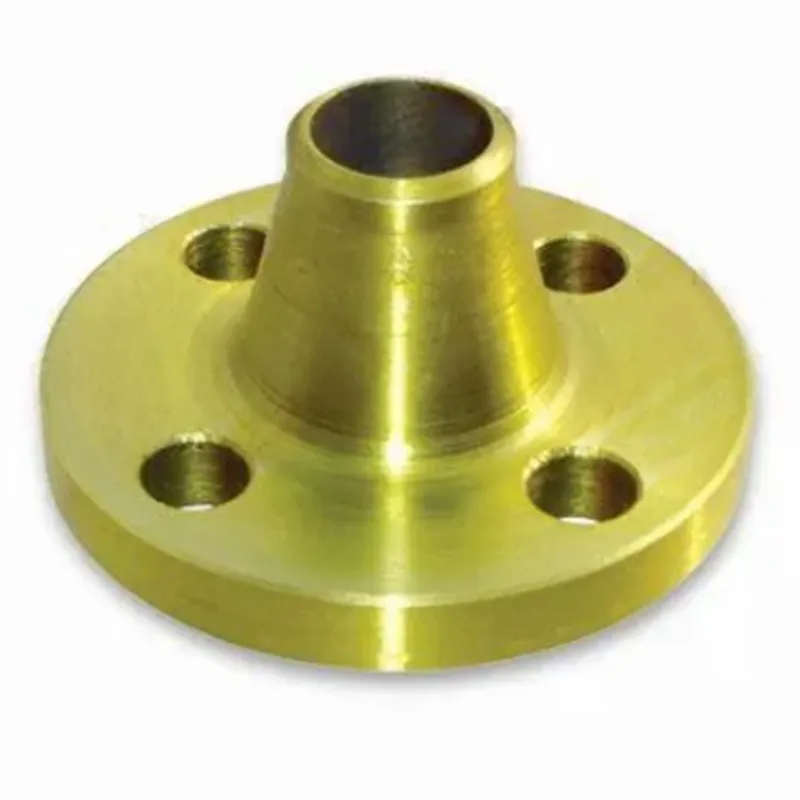-
Cangzhou Yulong Steel Co., Ltd.
-
Phone:
+86 13303177267 -
Email:
admin@ylsteelfittings.com
- English
- Arabic
- Italian
- Spanish
- Portuguese
- German
- kazakh
- Persian
- Greek
- French
- Russian
- Polish
- Thai
- Indonesian
- Vietnamese
- Zulu
- Korean
- Uzbek
- Hindi
- Serbian
- Malay
- Ukrainian
- Gujarati
- Haitian Creole
- hausa
- hawaiian
- Hebrew
- Miao
- Hungarian
- Icelandic
- igbo
- irish
- Japanese
- Javanese
- Kannada
- Khmer
- Rwandese
- Afrikaans
- Albanian
- Amharic
- Armenian
- Azerbaijani
- Basque
- Belarusian
- Bengali
- Bosnian
- Bulgarian
- Catalan
- Cebuano
- China
- China (Taiwan)
- Corsican
- Croatian
- Czech
- Danish
- Esperanto
- Estonian
- Finnish
- Frisian
- Galician
- Georgian
- Kurdish
- Kyrgyz
- Lao
- Latin
- Latvian
- Lithuanian
- Luxembourgish
- Macedonian
- Malgashi
- Malayalam
- Maltese
- Maori
- Marathi
- Mongolian
- Myanmar
- Nepali
- Norwegian
- Norwegian
- Occitan
- Pashto
- Dutch
- Punjabi
- Romanian
- Samoan
- Scottish Gaelic
- Sesotho
- Shona
- Sindhi
- Sinhala
- Slovak
- Slovenian
- Somali
- Sundanese
- Swahili
- Swedish
- Tagalog
- Tajik
- Tamil
- Tatar
- Telugu
- Turkish
- Turkmen
- Urdu
- Uighur
- Welsh
- Bantu
- Yiddish
- Yoruba

Oct . 12, 2024 13:55 Back to list
astm a106 b
Understanding ASTM A106 B A Comprehensive Overview
ASTM A106 B is a specification developed by ASTM International, a standards organization that develops and publishes technical standards for materials and products. Specifically, A106 B is part of the standard specification for seamless carbon steel pipe for high-temperature service. This standard is crucial for industries requiring reliable performance under elevated temperature and pressure conditions, such as power generation, oil and gas, and petrochemical sectors.
One of the primary characteristics of ASTM A106 B pipe is its material composition. It is manufactured from carbon steel, primarily consisting of iron with a small percentage of carbon and other alloying elements. The carbon content typically ranges from 0.10% to 0.30%, which enhances the steel's strength, hardness, and resistance to wear. ASTM A106 B pipes are recognized for their excellent mechanical properties, including high tensile strength and yield strength, making them suitable for high-pressure applications.
Understanding ASTM A106 B A Comprehensive Overview
In terms of dimensions, ASTM A106 B pipes come in various sizes, with nominal pipe diameters ranging from 1/8 inch to 48 inches and wall thicknesses categorized as Schedule 10, 20, 40, 80, and so forth. This versatility allows engineers and designers to select the ideal pipe for specific applications, taking into account factors such as flow requirements, pressure ratings, and thermal expansion.
astm a106 b

Another important aspect of ASTM A106 B is its ability to maintain mechanical properties at high temperatures. The standard outlines specific temperature ranges and pressure ratings, ensuring the material meets safety and performance benchmarks needed for high-temperature service. The pipes can be used in temperature applications up to 750°F (400°C) without compromising structural integrity.
In addition to the physical properties, ASTM A106 B pipes are subject to rigorous testing to ensure quality and performance. Common tests include hydrostatic testing, non-destructive testing (such as ultrasonic testing), and chemical analysis. These tests help ascertain the pipe's response to pressure and ensure it meets the required specifications.
The applications of ASTM A106 B pipes are vast. They are commonly used in the construction of pipelines for transporting oil, natural gas, and steam. Moreover, they are integral in power plants, refineries, and chemical plants, where the handling of high-temperature and corrosive fluids is essential.
In conclusion, ASTM A106 B plays a vital role in various industrial applications requiring high-quality, seamless carbon steel pipes. Its robust properties, coupled with strict adherence to manufacturing and testing standards, make it a preferred choice in high-temperature and high-pressure environments. As industries continue to evolve and demand more efficient and reliable materials, ASTM A106 B remains a cornerstone specification that ensures safety and performance in critical applications. Understanding its importance can aid engineers and professionals in making informed choices for their projects.
Latest news
-
ANSI 150P SS304 SO FLANGE
NewsFeb.14,2025
-
ASTM A333GR6 STEEL PIPE
NewsJan.20,2025
-
ANSI B16.5 WELDING NECK FLANGE
NewsJan.15,2026
-
ANSI B16.5 SLIP-ON FLANGE
NewsApr.19,2024
-
SABS 1123 FLANGE
NewsJan.15,2025
-
DIN86044 PLATE FLANGE
NewsApr.19,2024
-
DIN2527 BLIND FLANGE
NewsApr.12,2024
-
JIS B2311 Butt-Welding Fittings LR/SR 45°/90° /180°Seamless/Weld
NewsApr.23,2024











